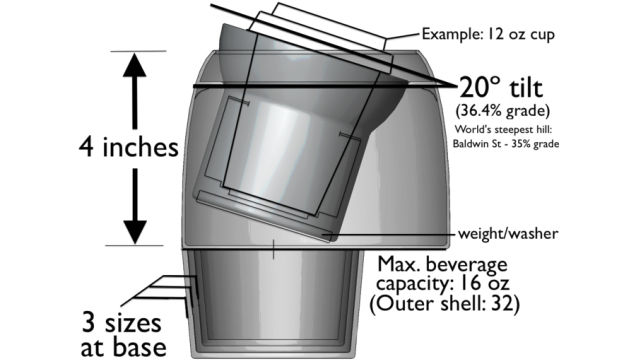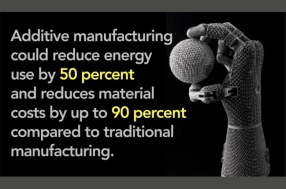 A long time ago I learned that often the best suppliers aren’t the ones that can deliver on their end of the contract but the ones that prevent you from making your own mistakes. For example, a good component supplier is one that builds what you order exactly to spec and delivers on time. A GREAT supplier is one that notices you specified the incorrect material and checks with you to make sure, even at the expense of a delay, saving you a lot of money and time. The next generation of great suppliers are the ones that you choose to participate early in the design and innovation of the product, but identifying those with partnership potential can be a tricky process.
A long time ago I learned that often the best suppliers aren’t the ones that can deliver on their end of the contract but the ones that prevent you from making your own mistakes. For example, a good component supplier is one that builds what you order exactly to spec and delivers on time. A GREAT supplier is one that notices you specified the incorrect material and checks with you to make sure, even at the expense of a delay, saving you a lot of money and time. The next generation of great suppliers are the ones that you choose to participate early in the design and innovation of the product, but identifying those with partnership potential can be a tricky process.
Dr. Robert Handfield, Director of the Supply Chain Research Cooperative at North Carolina State University, has spent his career researching how companies integrate suppliers into new product development, the deliberation that goes into the insource/outsource decision, and the methods used to identify potential supplier partners.
Dr. Handfield will be discussing his research and recommendations for companies during an upcoming free webinar, “Insourcing & Outsourcing Design & Development – Creating Supplier-Led Innovation” on Thursday, March 19, 2014 at 1-2pm ET.
Information will be presented from the National Science Foundation’s three-year study on “Supplier Integration in New Product Development” and subsequent book published by ASQC, which included companies from a wide variety of industries. Despite the differences in product types, a number of common themes were found in how companies decide to insource or outsource an item, as well as the processes used to identify and source design and development of new products.
This webinar will discuss some of the key findings of this research, and establish a framework for supplier-led innovation, including:
- What roles can suppliers play in innovation?
- What are the benefits and risks of supplier involvement in new product development?
- What are the key challenges that exist in deploying this approach in organizations?
- What are the characteristics of suppliers that identify them as capable of leading innovation and new product development?





















